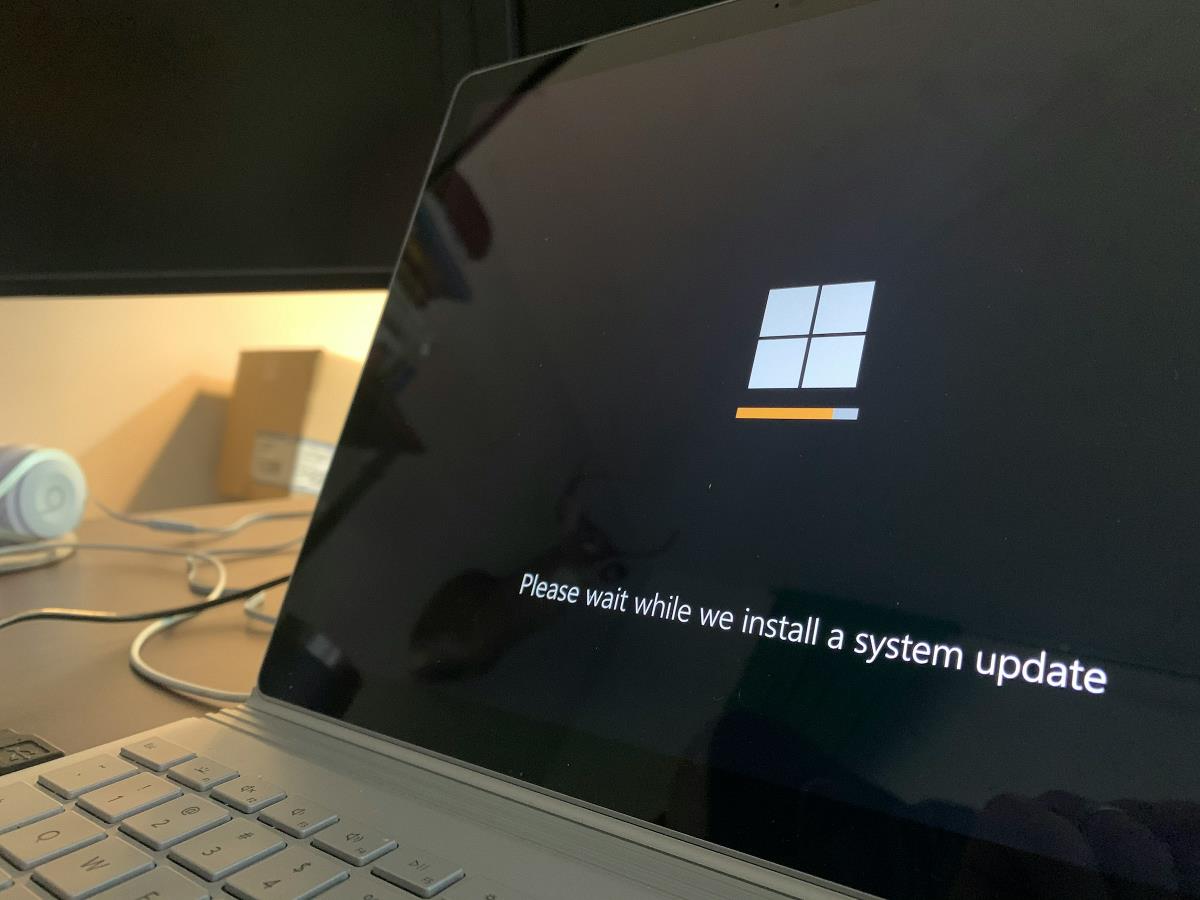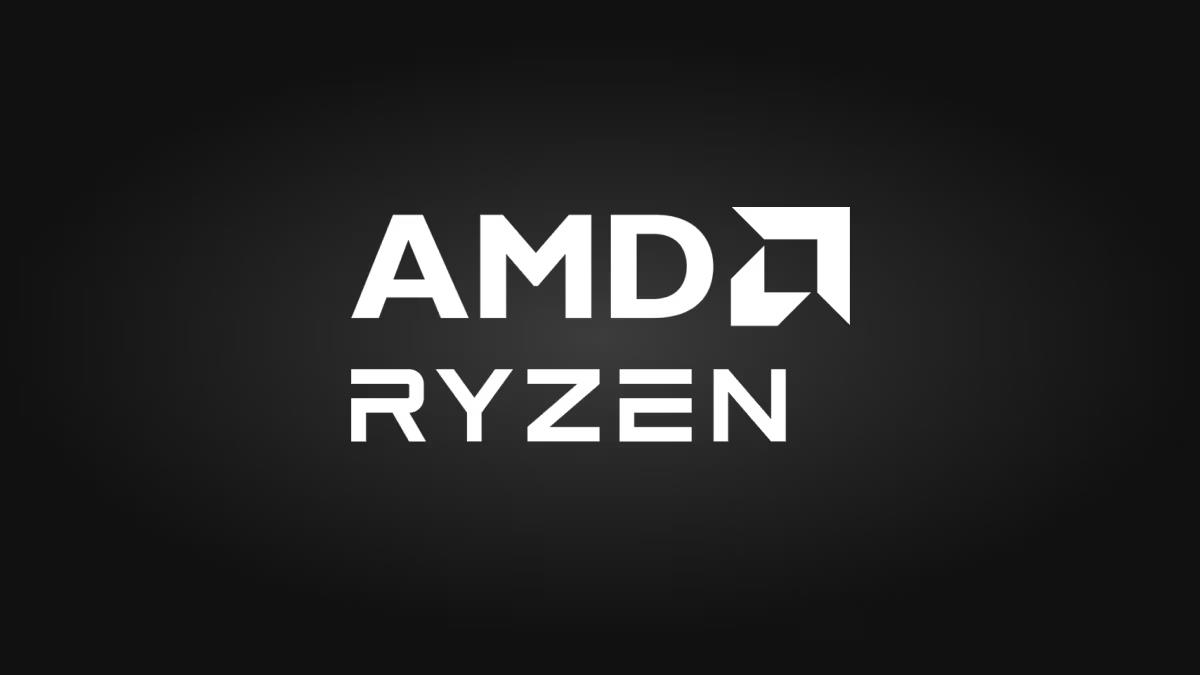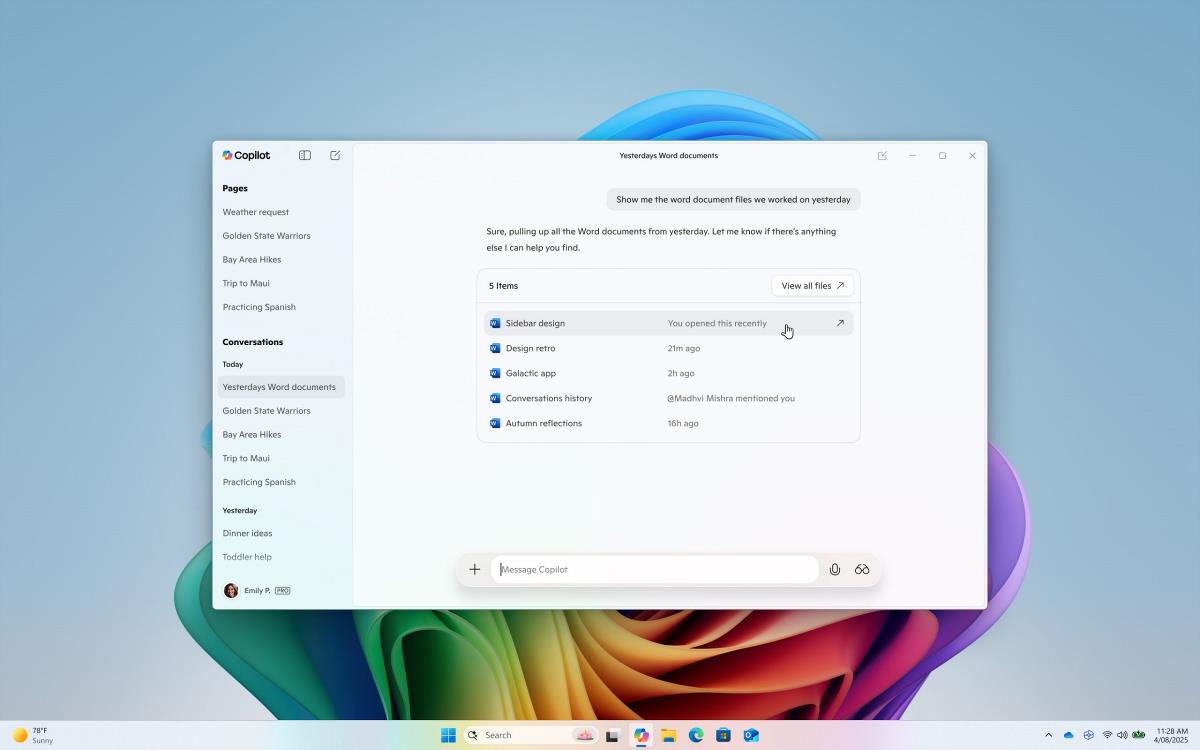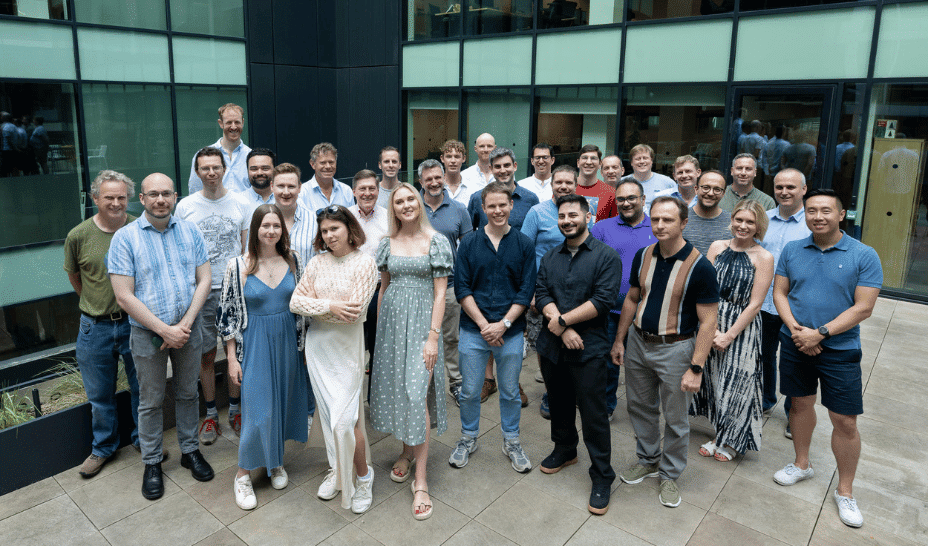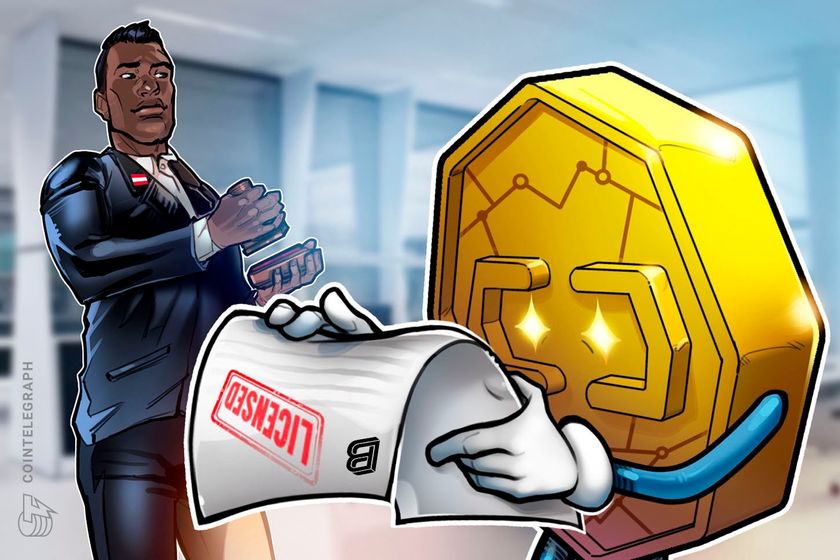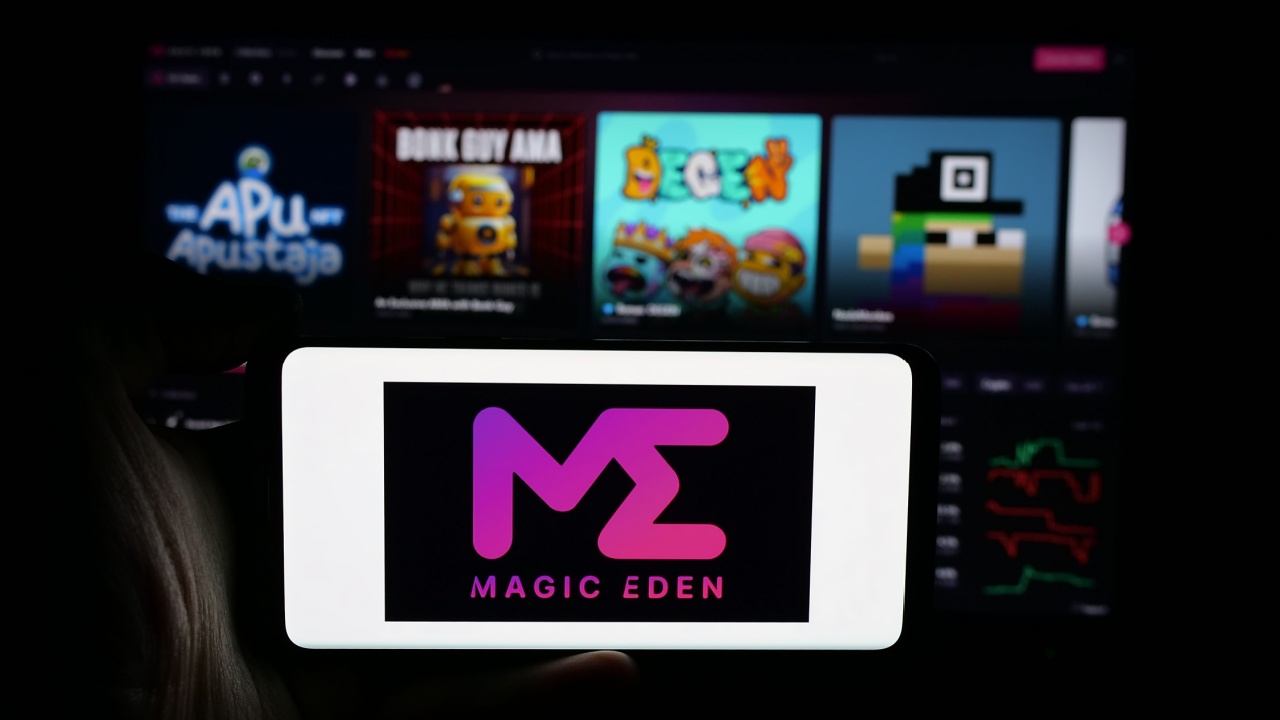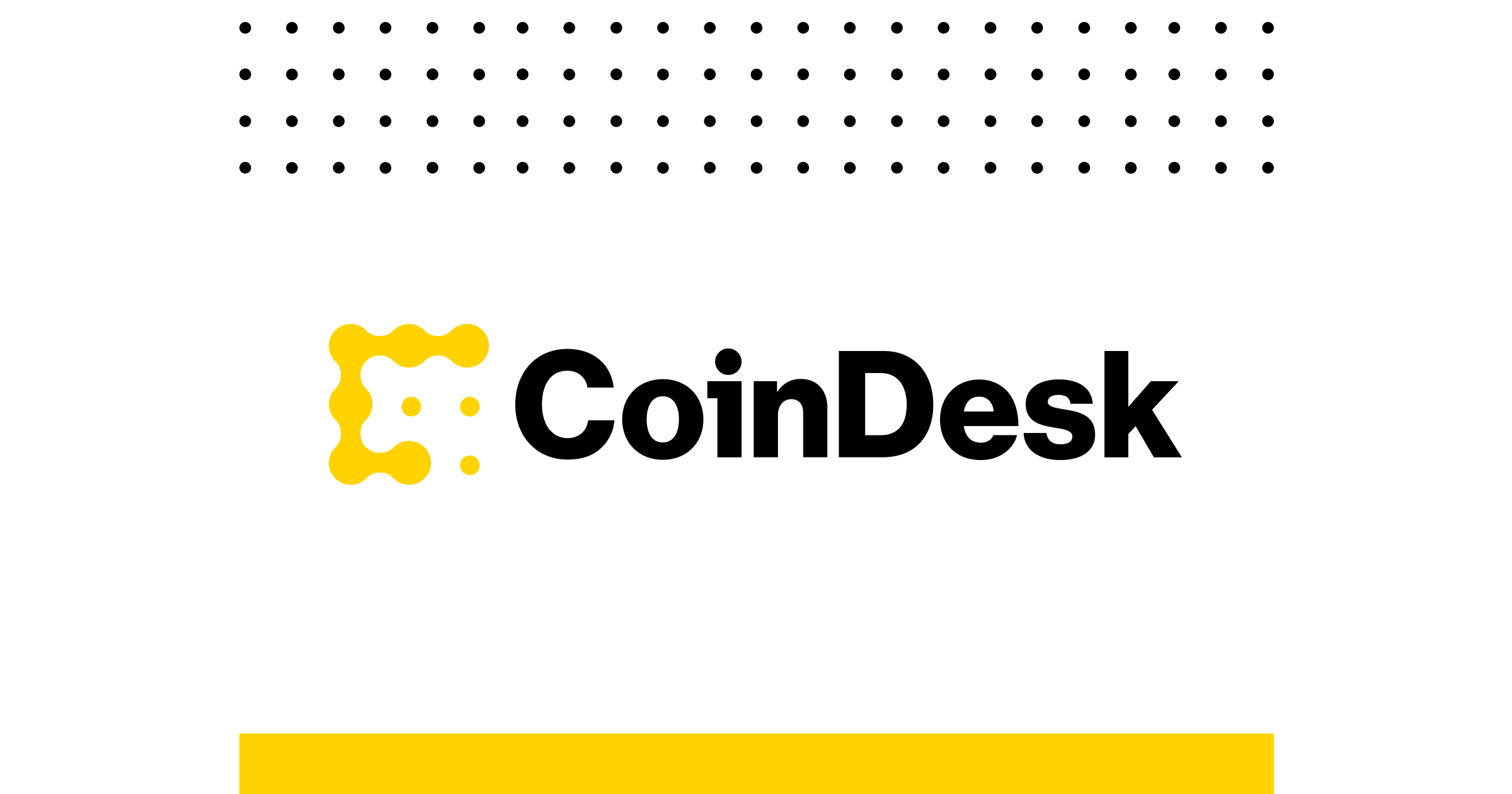From Legacy to Leading: A Guide to Seeding the Switch from Old Systems to New Technology
"The day our system crashed on a product launch was the day we knew — we had to change or get left behind." Technology is moving at lightning speed. Yet too many companies are still utilizing platforms created over a decade ago. While the older platforms may still work, they lack the pace, security, scalability, and user experience to compete effectively in today's digital economy. In this article, we are going to go in-depth about: Why it is no longer an option to migrate to newer technologies The most common challenges and how to overcome them Actionable best practices for successful migration Practical examples and expert advice As a CTO, software engineer, or technology entrepreneur, this handbook will lead you through future-proofing your infrastructure and reclaiming your competitive edge. The Wake-Up Call: Why Legacy Systems Can Be Hazardous I assisted a startup last year that had grown rapidly—but their backend relied upon a centuries-old monolith that hadn't been touched in years. All was "fine" until they published a viral product update and… the system died. Hours of downtime. Thousands lost. Reputation damaged. Ring a bell? Legacy systems aren't "old"—they can be dangerous. Here's why: Security vulnerabilities are harder to patch. Scalability is limited, making it hard to scale. User experience is impaired, especially on mobile and newer browsers. Integration with new tools turns into a nightmare. It is as if one connects a smartphone to a rotary phone. Universal Pitfalls of Tech Migration Migration of legacy platforms is normally seen as being risky, expensive, and time-consuming. Some of the usual pitfalls are: Dread of downtime or data loss In-house skills proving inadequate Stakeholder resistance to change Complexity of old systems with poor documentation But with the right plan, these are roadblocks to be conquered, not barriers. 7 Proven Tactics for a Smooth Migration to New Technologies Start with an intensive audit Identify dependencies, legacy components, and what can be reused or retired. Establish your goals Do you desire speed, scalability, cost savings, or all three? Define clear, measurable objectives. Prioritize mission-critical systems Don't try to move everything at once. Focus on areas of maximum impact. Select the proper tech stack Select technologies that are aligned with your long-term vision. Be cloud-native, microservices, APIs, and new frameworks like React, Next.js, or Node.js. Create a staged migration plan Be modular. Break down the migration into tiny, testable parts. Backup and test extensively Perform tests and backups prior to and subsequent to each stage. This reduces the threat of data loss or performance issues. Train your team Spend in upskilling your developers and onboarding support staff upfront. Real-Life Example: Success Story of a Retail Brand A mid-sized e-commerce business I worked with had been running on a buggy PHP CMS for years. The platform could not support their growing product catalog or traffic spikes during promotions. We planned a migration strategy with Headless CMS + React frontend + AWS backend, executed it in phases over 6 months, and saw the following: 35% boost in load speed 20% conversion increase 80% reduction in server downtime And most notably, their dev team could get features out faster. Conclusion: Evolve or Expire Upgrading your tech stack isn't a "nice to have" — it's a business imperative. Migration can be complex, but being stuck in legacy environments is much more perilous. Start small, plan meticulously, and develop a tech ecosystem that can grow with you. Did you ever finish a tech migration? Leave your questions or lesson in the comments — let's learn from each other.

"The day our system crashed on a product launch was the day we knew — we had to change or get left behind."
Technology is moving at lightning speed. Yet too many companies are still utilizing platforms created over a decade ago. While the older platforms may still work, they lack the pace, security, scalability, and user experience to compete effectively in today's digital economy.
In this article, we are going to go in-depth about:
Why it is no longer an option to migrate to newer technologies
The most common challenges and how to overcome them
Actionable best practices for successful migration
Practical examples and expert advice
As a CTO, software engineer, or technology entrepreneur, this handbook will lead you through future-proofing your infrastructure and reclaiming your competitive edge.
The Wake-Up Call: Why Legacy Systems Can Be Hazardous
I assisted a startup last year that had grown rapidly—but their backend relied upon a centuries-old monolith that hadn't been touched in years. All was "fine" until they published a viral product update and… the system died. Hours of downtime. Thousands lost. Reputation damaged.
Ring a bell?
Legacy systems aren't "old"—they can be dangerous. Here's why:
Security vulnerabilities are harder to patch.
Scalability is limited, making it hard to scale.
User experience is impaired, especially on mobile and newer browsers.
Integration with new tools turns into a nightmare.
It is as if one connects a smartphone to a rotary phone.
Universal Pitfalls of Tech Migration
Migration of legacy platforms is normally seen as being risky, expensive, and time-consuming. Some of the usual pitfalls are:
Dread of downtime or data loss
In-house skills proving inadequate
Stakeholder resistance to change
Complexity of old systems with poor documentation
But with the right plan, these are roadblocks to be conquered, not barriers.
7 Proven Tactics for a Smooth Migration to New Technologies
Start with an intensive audit
Identify dependencies, legacy components, and what can be reused or retired.
Establish your goals
Do you desire speed, scalability, cost savings, or all three? Define clear, measurable objectives.
Prioritize mission-critical systems
Don't try to move everything at once. Focus on areas of maximum impact.
Select the proper tech stack
Select technologies that are aligned with your long-term vision. Be cloud-native, microservices, APIs, and new frameworks like React, Next.js, or Node.js.
Create a staged migration plan
Be modular. Break down the migration into tiny, testable parts.
Backup and test extensively
Perform tests and backups prior to and subsequent to each stage. This reduces the threat of data loss or performance issues.
Train your team
Spend in upskilling your developers and onboarding support staff upfront.
Real-Life Example: Success Story of a Retail Brand
A mid-sized e-commerce business I worked with had been running on a buggy PHP CMS for years. The platform could not support their growing product catalog or traffic spikes during promotions.
We planned a migration strategy with Headless CMS + React frontend + AWS backend, executed it in phases over 6 months, and saw the following:
35% boost in load speed
20% conversion increase
80% reduction in server downtime
And most notably, their dev team could get features out faster.
Conclusion: Evolve or Expire
Upgrading your tech stack isn't a "nice to have" — it's a business imperative. Migration can be complex, but being stuck in legacy environments is much more perilous.
Start small, plan meticulously, and develop a tech ecosystem that can grow with you.
Did you ever finish a tech migration?
Leave your questions or lesson in the comments — let's learn from each other.

























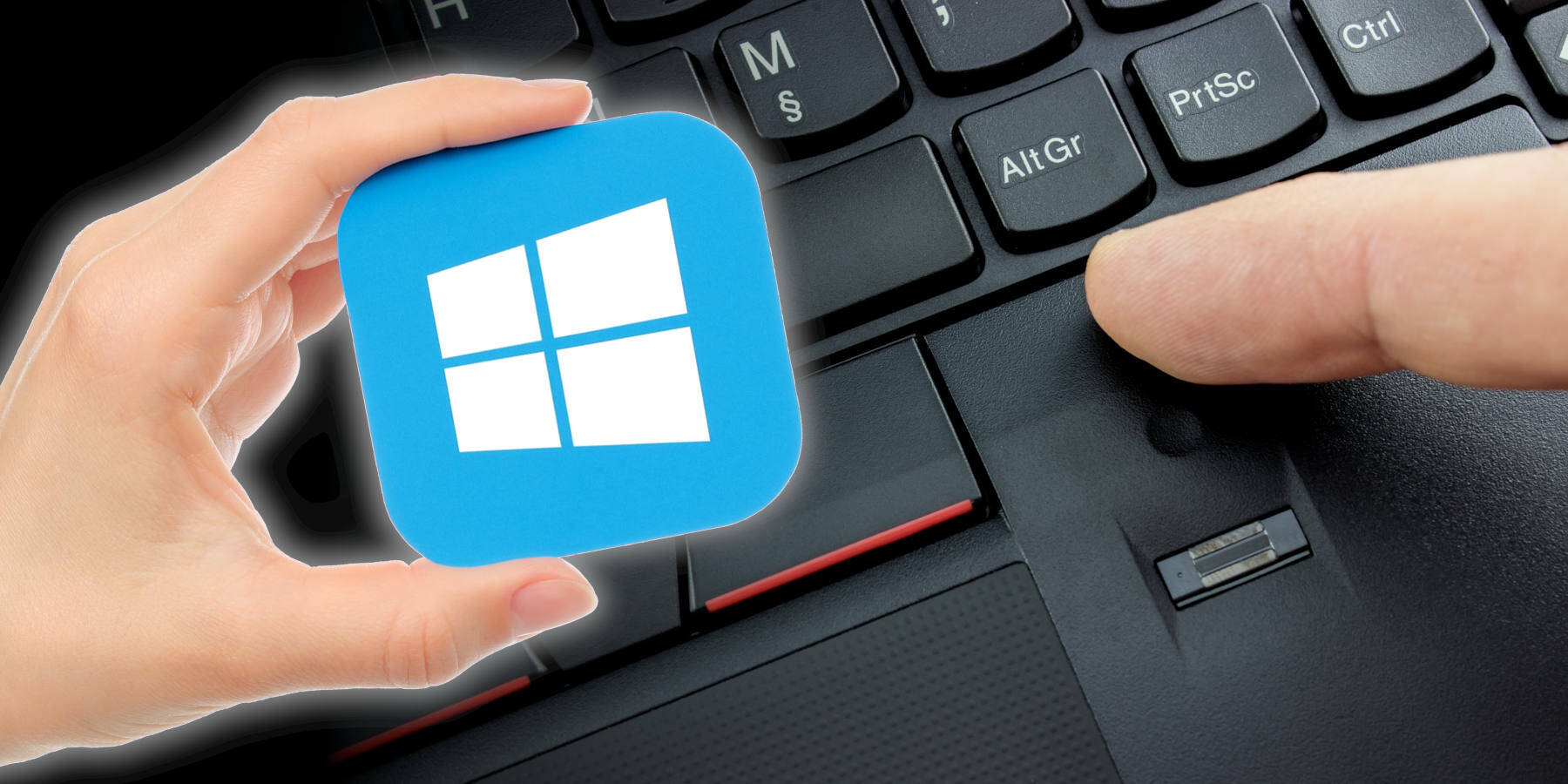

















































































































































![[The AI Show Episode 143]: ChatGPT Revenue Surge, New AGI Timelines, Amazon’s AI Agent, Claude for Education, Model Context Protocol & LLMs Pass the Turing Test](https://www.marketingaiinstitute.com/hubfs/ep%20143%20cover.png)





































































































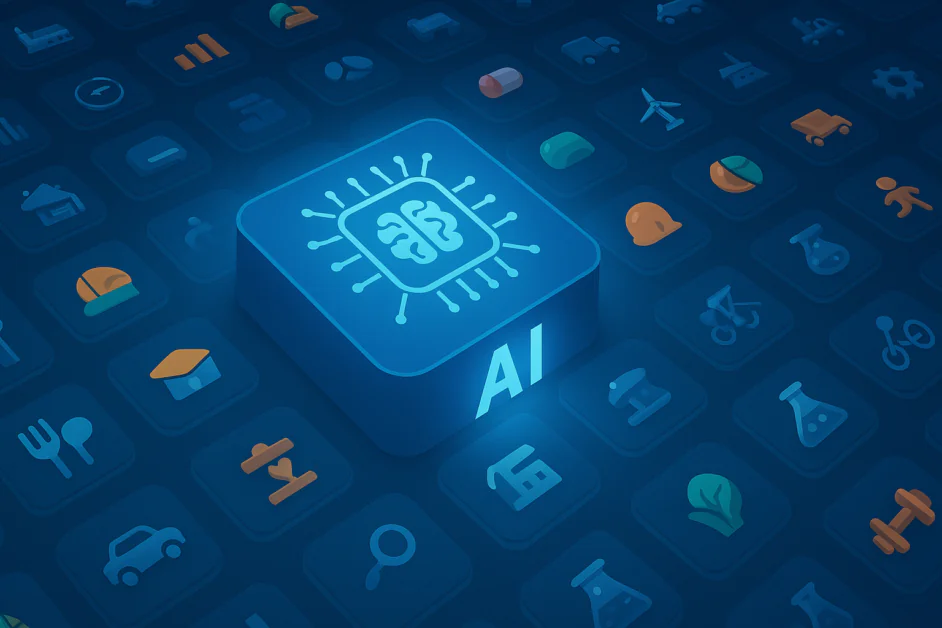











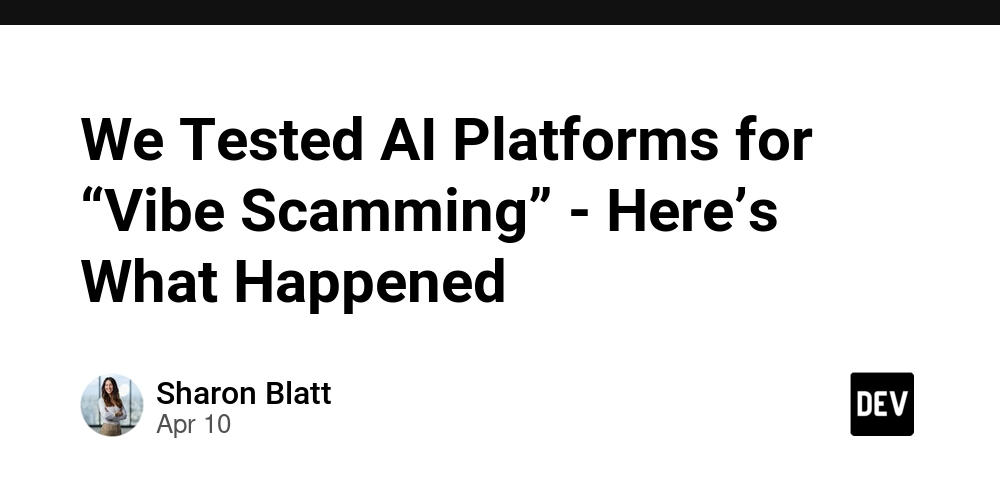














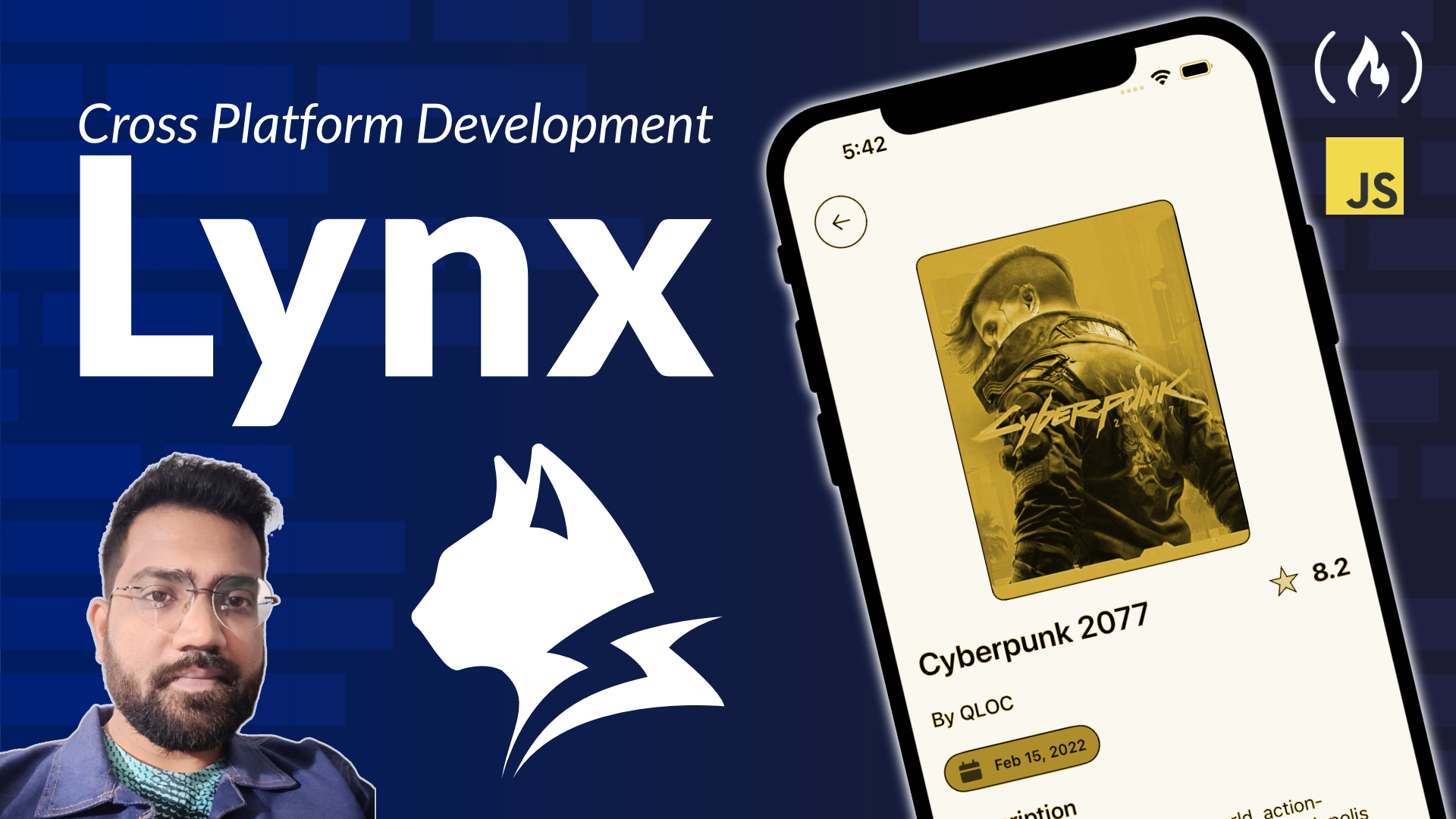
















































































































-Donkey-Kong-Bananza-Hands-On-Preview-Is-It-Good-00-13-40.png?width=1920&height=1920&fit=bounds&quality=70&format=jpg&auto=webp#)
























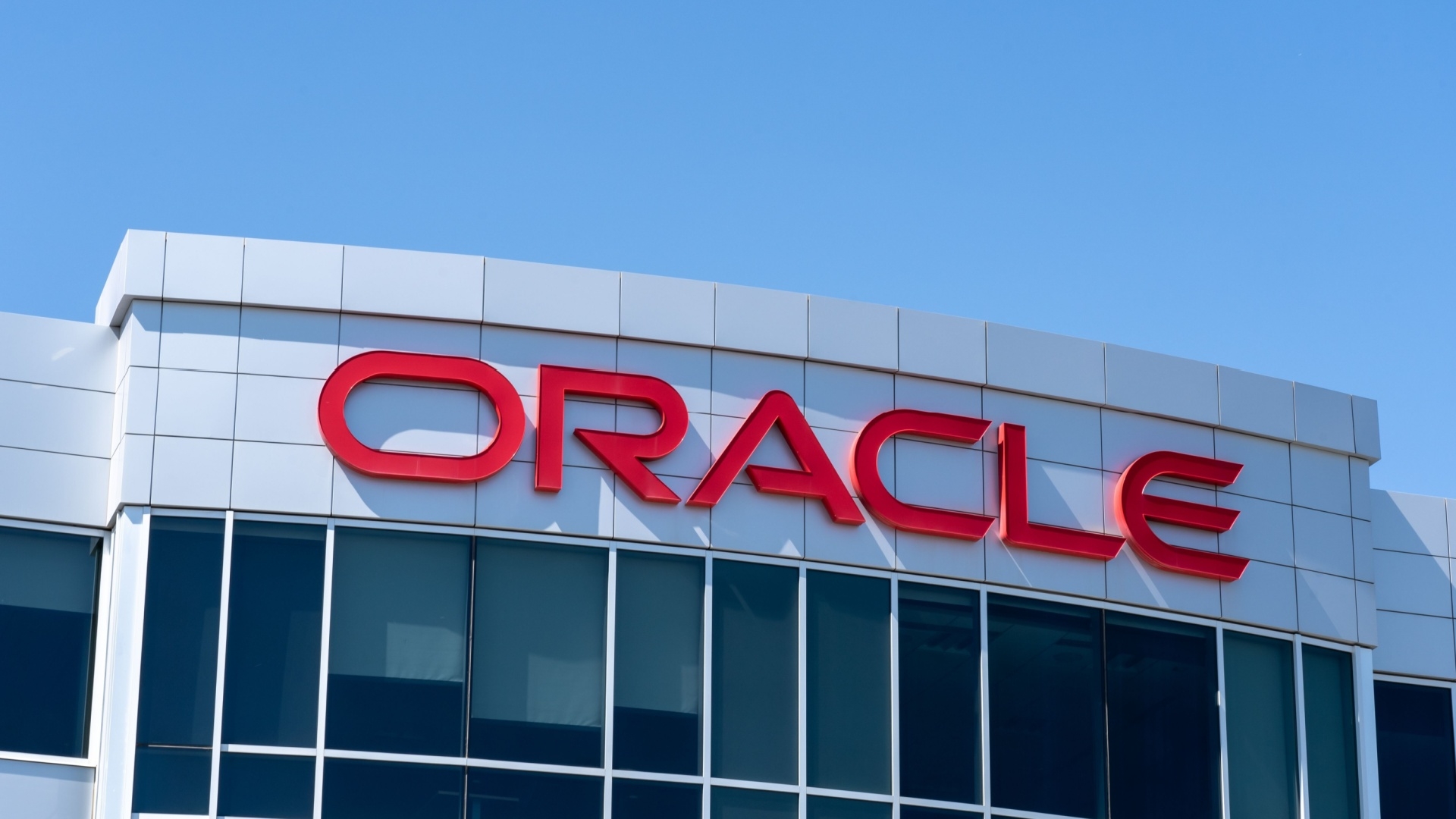



































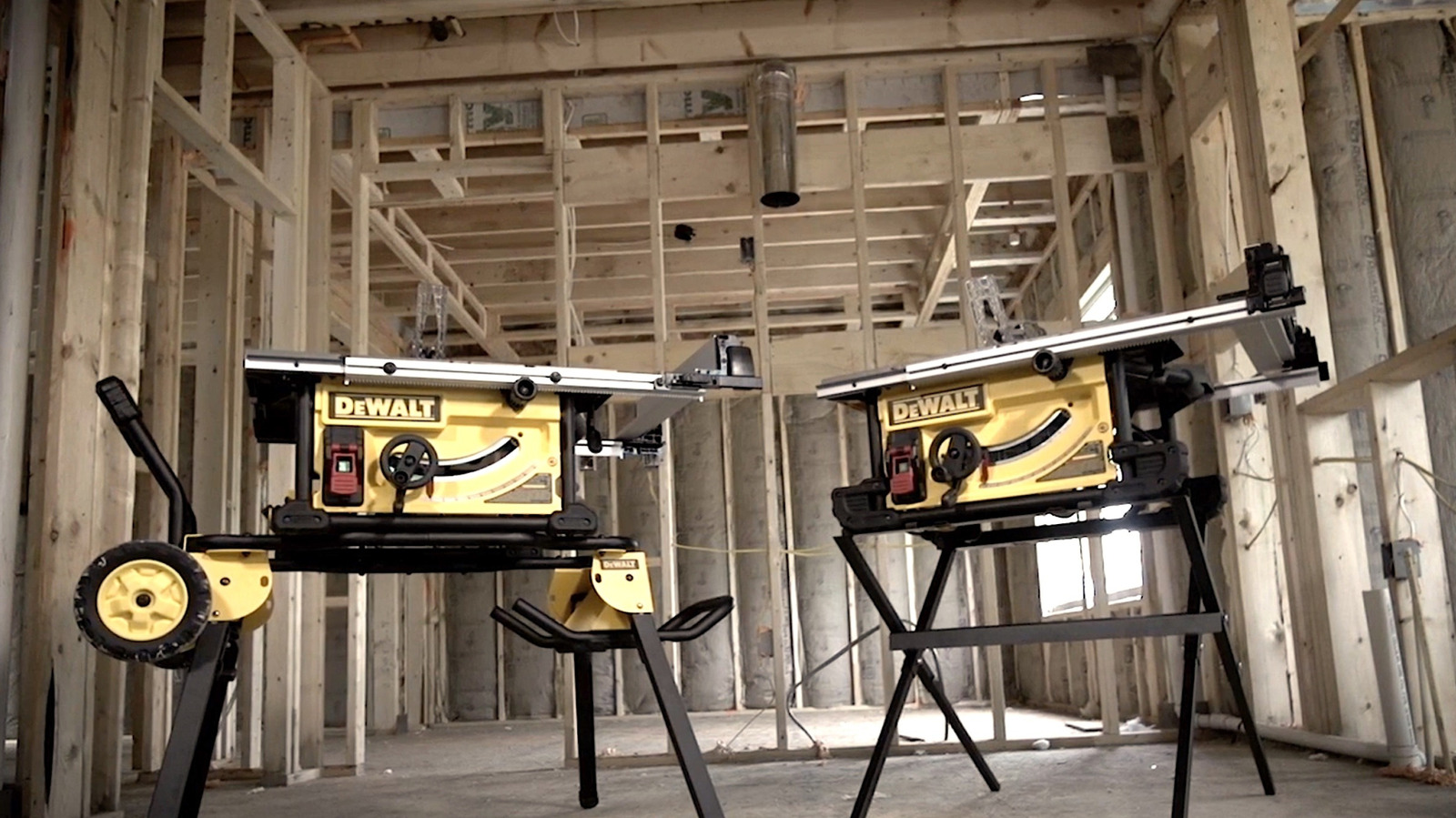















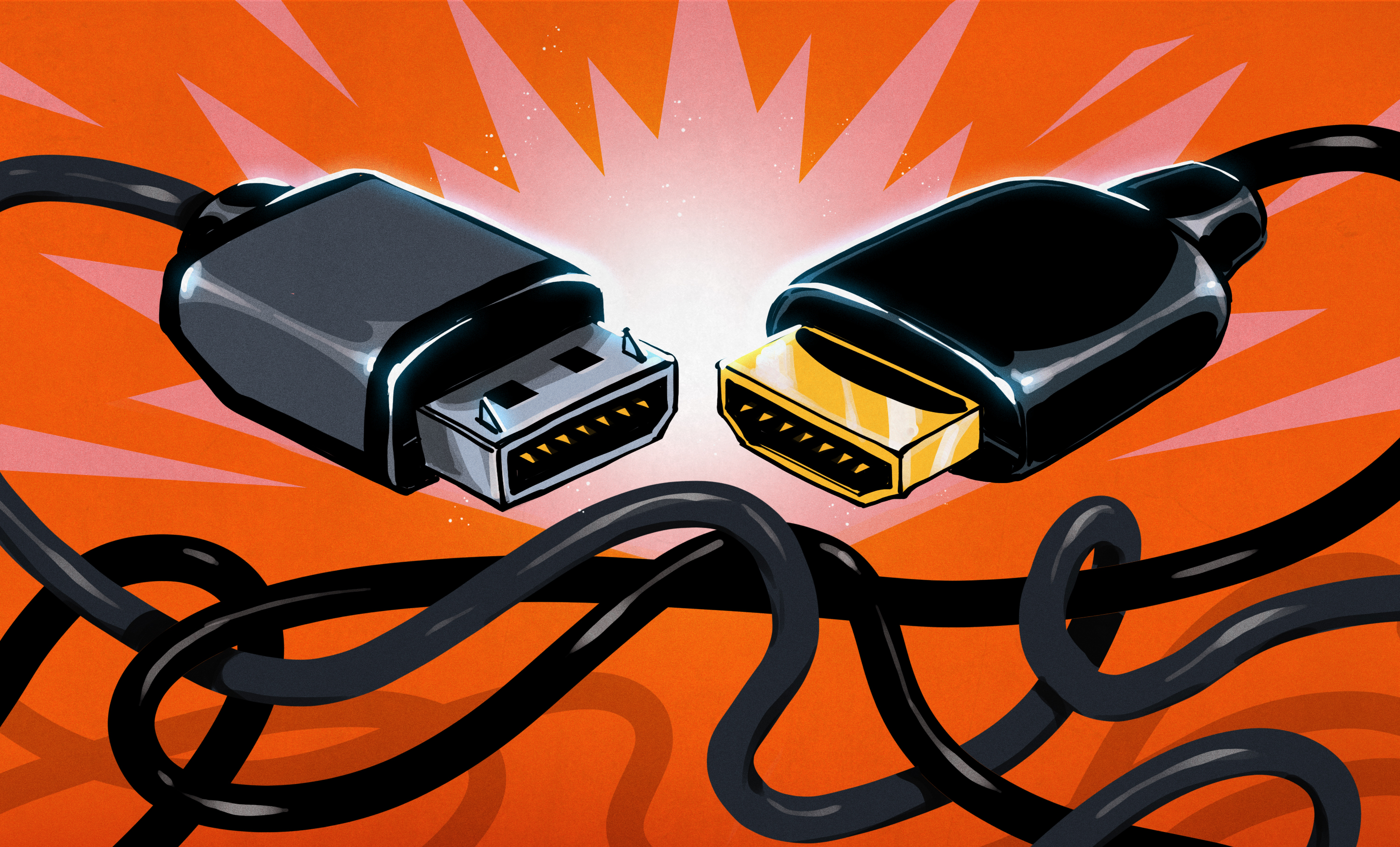

























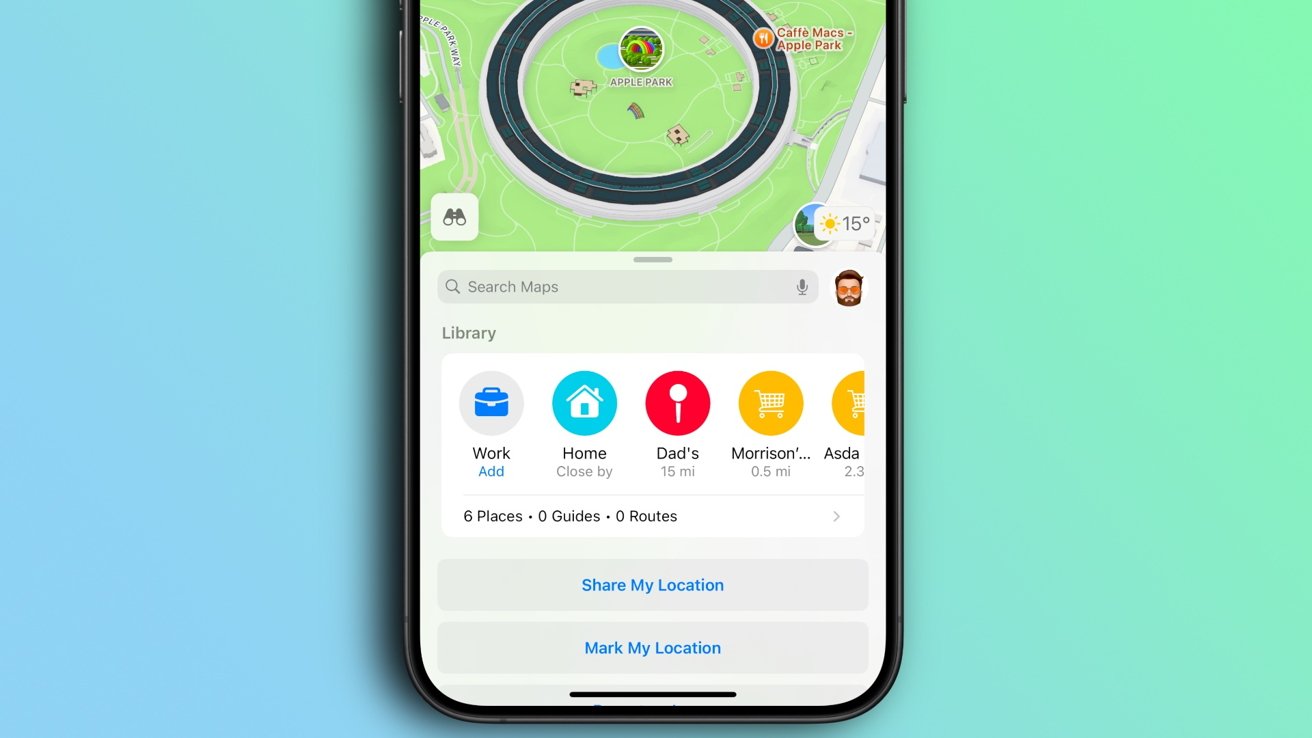


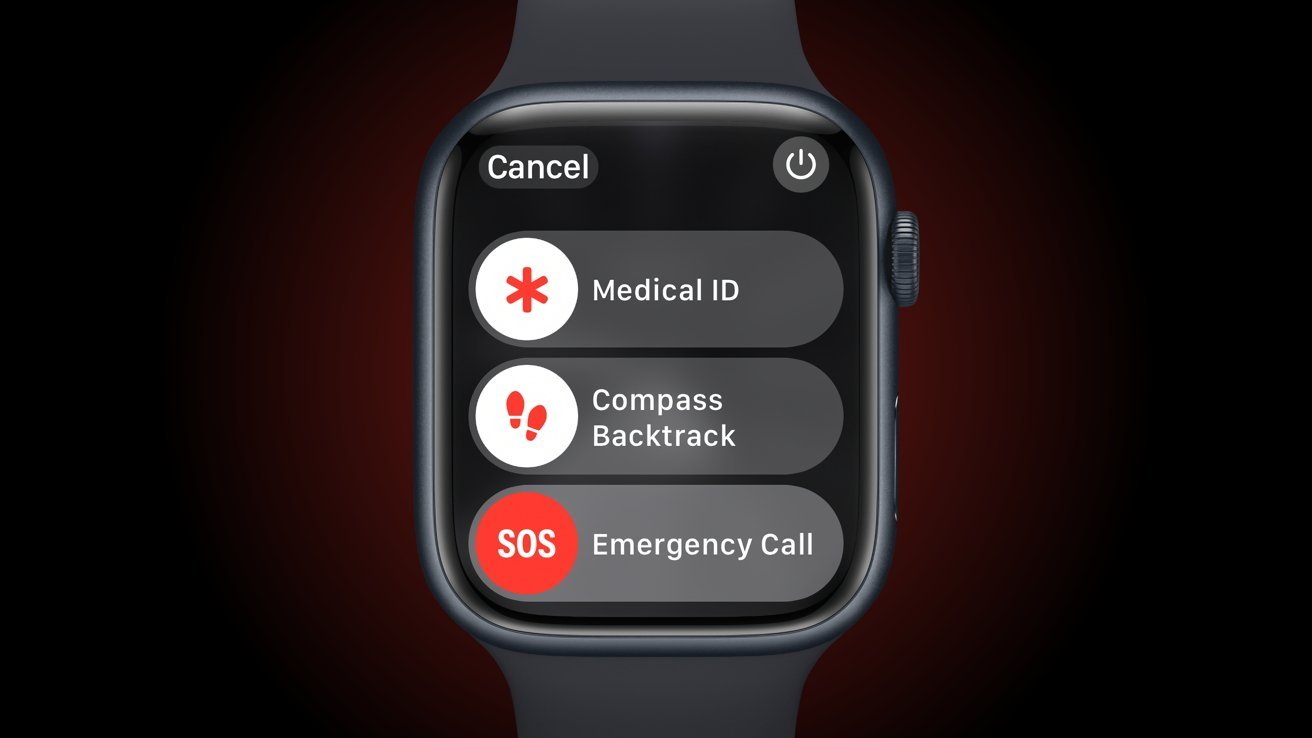



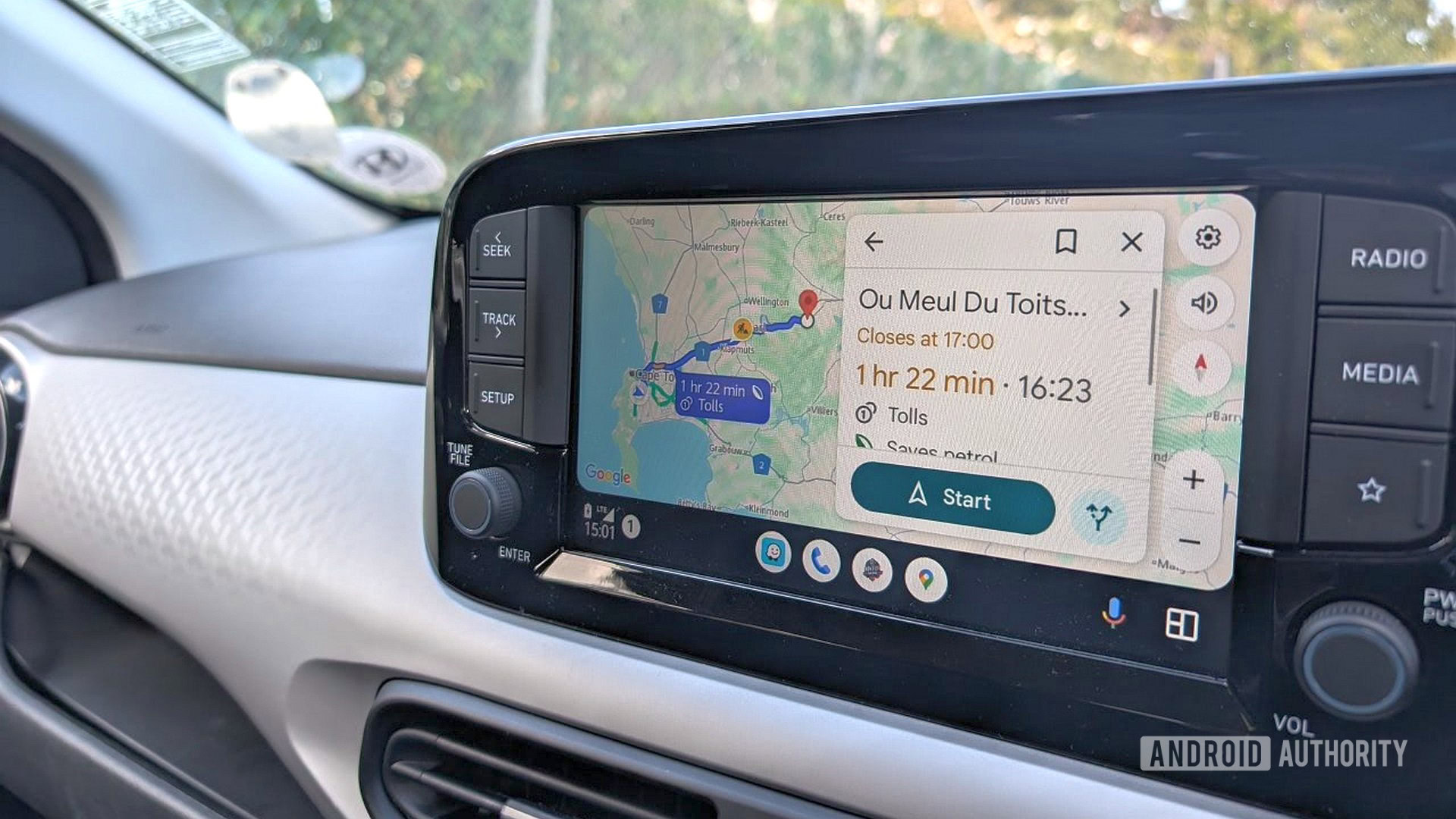



















![Apple Watch to Get visionOS Inspired Refresh, Apple Intelligence Support [Rumor]](https://www.iclarified.com/images/news/96976/96976/96976-640.jpg)
![New Apple Watch Ad Features Real Emergency SOS Rescue [Video]](https://www.iclarified.com/images/news/96973/96973/96973-640.jpg)
![Apple Debuts Official Trailer for 'Murderbot' [Video]](https://www.iclarified.com/images/news/96972/96972/96972-640.jpg)
![Alleged Case for Rumored iPhone 17 Pro Surfaces Online [Image]](https://www.iclarified.com/images/news/96969/96969/96969-640.jpg)



















